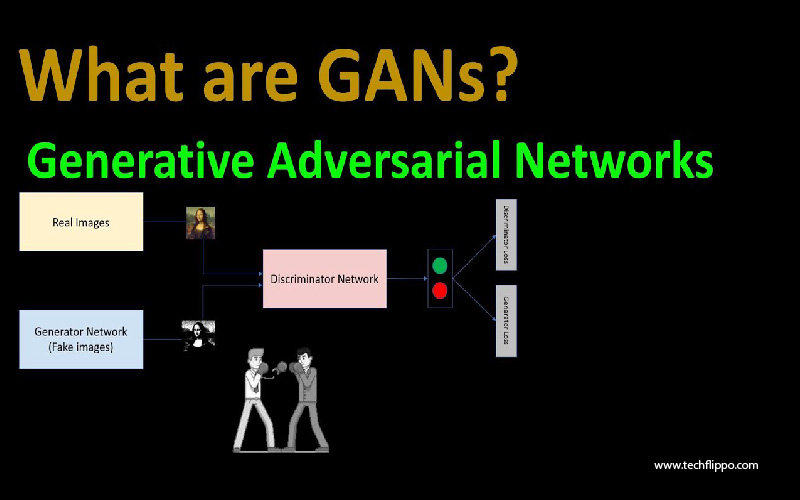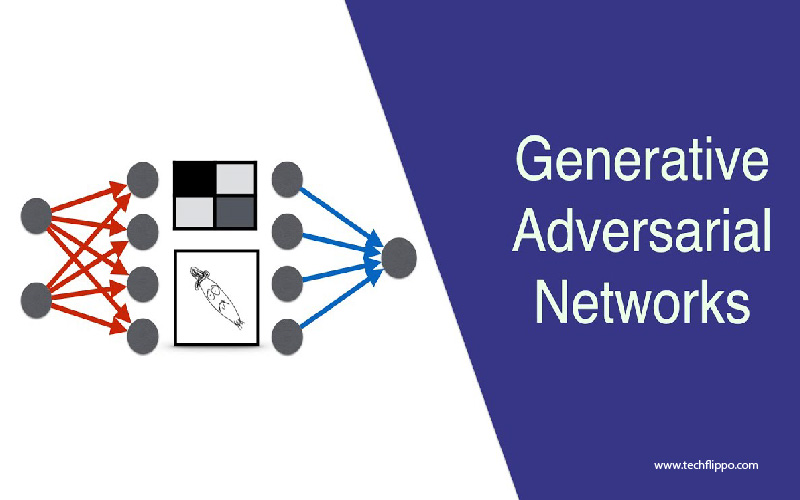Creating Realistic Worlds of Generative Adversarial Networks
Welcome to the fascinating world of Generative Adversarial Networks (GANs), where artificial intelligence meets creativity in a groundbreaking way. Imagine being able to generate realistic worlds, images, and even music solely through algorithms – that’s the power of GANs. In this blog post, we will delve into how GANs work, explore their applications in creating immersive virtual environments, discuss their advantages and limitations, showcase case studies of stunning creations made with GANs, touch upon ethical considerations surrounding their use, ponder on future possibilities for this technology, and ultimately leave you inspired by the limitless potential of Generative Adversarial Networks. Let’s embark on this exciting journey together!

How GANs Work
Generative Adversarial Networks (GANs) function through a unique dynamic between two neural networks: the generator and the discriminator. The generator creates new data instances, aiming to fool the discriminator into believing they are real. Meanwhile, the discriminator’s job is to differentiate between real and generated data. This back-and-forth process of creation and evaluation leads to continuous improvement in generating realistic outputs.
The generator starts by producing random noise as input, which gradually refines through training to generate increasingly convincing outputs. The discriminator provides feedback on these outputs, pushing the generator towards creating more authentic data. As both networks compete against each other in this adversarial fashion, GANs become proficient at generating high-quality content across various domains such as images, text, and music.
Through iterative refinement and learning from mistakes, GANs can produce remarkably authentic results that blur the line between what is real and what is artificially generated.
Applications of GANs in Creating Realistic Worlds
Generative Adversarial Networks (GANs) have opened up a world of possibilities in creating realistic worlds across various industries. One fascinating application is in the field of gaming, where GANs can generate lifelike environments, characters, and textures to enhance the overall gaming experience.
In the realm of art and design, GANs are being used to generate unique and visually stunning pieces that push the boundaries of creativity. From generating photorealistic images to creating abstract compositions, artists are exploring new avenues with GAN technology.
Moreover, in the fashion industry, GANs are revolutionizing virtual try-on experiences by allowing users to see themselves wearing different outfits realistically without physically trying them on. This not only enhances online shopping but also reduces return rates significantly.
The potential applications of GANs in creating realistic worlds are vast and continue to expand as researchers and developers delve deeper into this cutting-edge technology.
Advantages and Limitations of GANs
Generative Adversarial Networks (GANs) offer a plethora of advantages in the realm of creating realistic worlds. One significant advantage is their ability to generate high-quality images, videos, and even audio that closely resembles real data. This makes GANs invaluable for various industries such as entertainment, fashion, and design.
Moreover, GANs can learn from unlabeled data which reduces the need for extensive manual annotation, saving time and resources. The flexibility of GANs allows for creativity in generating diverse outputs based on different input conditions or constraints.
On the flip side, one limitation of GANs is their tendency to produce artifacts or unrealistic features in generated content due to mode collapse or instability during training. Additionally, training GANs can be computationally intensive and require large datasets which may not always be readily available.
Despite these limitations, ongoing research aims to address these challenges and further enhance the capabilities of Generative Adversarial Networks for creating truly immersive and realistic worlds.
Case Studies: Examples of Realistic Worlds Created with GANs
Exploring the realm of Generative Adversarial Networks (GANs) reveals fascinating case studies where these innovative algorithms have been used to create immersive and realistic worlds. One such example is the work done by artist Mario Klingemann, who utilized GANs to generate mesmerizing portraits that blur the line between reality and imagination. The intricate details and lifelike qualities in these artworks showcase the power of GANs to push the boundaries of creativity.
In another instance, researchers at NVIDIA developed a technique using GANs to generate high-quality images of imaginary celebrities. These digital personas are so convincingly real that they could easily pass as actual people, demonstrating the incredible potential of GANs in crafting synthetic but authentic-looking worlds. Additionally, companies like Airbnb have leveraged GAN technology to create lifelike interior design images for their property listings, providing customers with visually appealing representations of spaces before booking.
The diverse applications of GANs in generating realistic worlds continue to inspire innovation across various industries, from art and entertainment to e-commerce and beyond.

Ethical Considerations
Ethical considerations surrounding Generative Adversarial Networks (GANs) are crucial in the realm of creating realistic worlds. One major concern is the potential misuse of GANs to generate fake content, leading to misinformation and deception. This raises questions about authenticity and accountability in a digitally manipulated landscape.
Another ethical dilemma revolves around privacy issues when using GANs to generate images or videos that may infringe on individuals’ rights without their consent. The power of GANs to fabricate incredibly lifelike content poses challenges in distinguishing between what is real and what is artificially created.
Moreover, there are concerns about the perpetuation of biases within datasets used to train GAN models, which can result in discriminatory outcomes when generating new content. Addressing these ethical considerations requires ongoing dialogue, transparency, and responsible use of this innovative technology.
Future Possibilities for GANs in Creating Realistic Worlds
As technology continues to advance, the future possibilities for Generative Adversarial Networks (GANs) in creating realistic worlds are boundless. Imagine a world where GANs can be used to generate entire virtual universes with intricate details that rival our own reality.
With further development, GANs have the potential to revolutionize industries like gaming and entertainment by providing unparalleled immersive experiences for users. Picture stepping into a virtual world so lifelike that it blurs the lines between what is real and what is generated.
Additionally, in fields such as architecture and urban planning, GANs could assist in designing hyper-realistic cityscapes or buildings before they are even constructed physically. This would not only save time but also allow for more creativity and experimentation in design processes.
The integration of GANs with other technologies like augmented reality (AR) or virtual reality (VR) opens up endless opportunities for creating interactive and dynamic worlds that were once thought impossible. The future holds exciting prospects for GANs to shape how we perceive and interact with realistic worlds around us.
Conclusion
Generative Adversarial Networks have revolutionized the way we create realistic worlds in various fields such as art, gaming, and design. The ability of GANs to generate complex and believable content has opened up a world of possibilities for artists and creators. While there are still ethical considerations to address and limitations to overcome, the future looks promising for GAN technology. As researchers continue to innovate and push the boundaries of what is possible with GANs, we can expect even more stunning and lifelike worlds to be brought to life through this cutting-edge technology.